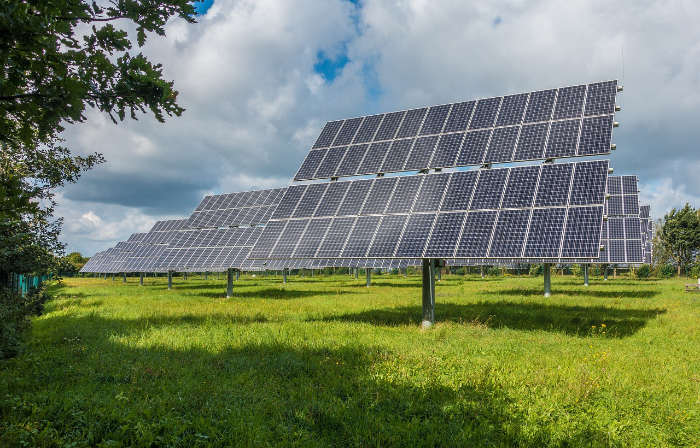Lithium Production by Country 2025
- All data other than percentages are listed in metric tons. Also known as a metric ton, one tonne = 1,000 kg, or roughly 2,204.6 lbs.
- According to the Energy Institute, Canada and all unlisted countries combined produced 3,600 tons of Lithium in 2023, for 1.8% of the global total. External sources place Canada’s production at 3,400 tons, leaving the rest of the world’s production at 200 tons for 2023.
- Totals for the United States are often speculated, but the sole US Lithium mine has an annual production capacity of up to 5,000 tons.
- Lithuum Reserves are calculated differently by different sources. The Energy Institute (EI) estimates are the estimated reserves as of the final day of the listed year.
- “Resources” is a metric which indicates how much of a given mineral a country possesses that is of a form, grade, and quantity that would be worth extracting, but that may or may not be economically feasible to extract. A related term, reserves, refers to those resources that are economically feasible to extract.
Lithium is a vital mineral used in both medication and battery production. Discovered in the 1790s in Brazil, the element creates a crimson flame when burned. The metal was officially named in 1817, but it was hard to obtain. In 1855, a duo of chemists from Germany and Britain were able to use electrolysis to obtain a larger sample of the element.
Uses of Lithium
Today, lithium is used in rechargeable batteries, such as those found in mobile phones, digital cameras, and electric vehicles. Lithium-ion batteries can hold their charge for much longer than traditional batteries, and they can take a new charge when exposed to electricity.
Lithium is often combined with other elements to perform various jobs. Lithium oxide absorbs moisture well, and it is used to create ceramics and glass. Lithium chloride is used for industrial drying systems.
Lithium is a toxic metal, except for very low doses. However, the lithium carbonate combination is used in medication and may have applications to treat severe mental health concerns like manic depression.
How Lithium Is Produced
Lithium does not occur in its metallic form naturally, but it is found in igneous rocks or brine from salt water, and it can be extracted from those rocks using electrolysis. Today, the metal is primarily produced through electrolysis of a mixture that is 55% lithium chloride and 45% potassium chloride, exposed to temperatures of 450 degrees Celsius.
Where is Most Lithium in the World Produced?
The US Geological Survey estimates that there are around 21 million tonnes of lithium reserves around the globe, though this estimate is hard to make accurately due to the fact that lithium can be found in both solid ore and fluid brine. Australia is currently the largest lithium producer in the world. However, the largest lithium reserves, around 9 million tons, are located in Chile. These are not yet being accessed as they could be, so Australia leads the world in production.
Sources
- Statistical Review of World Energy (2024) - Energy Institute
- The Top 10 Lithium-Producing Countries - Knowledge Sourcing Intelligence
- Mineral Commodity Summaries 2023 - United States Geological Survey
- List of countries by lithium production - Wiki
- Lithium Production and Reserves - BP Statistical Review of World Energy
- Lithium production, 2023 - Our World in Data
- Top 4 Largest Lithium Reserves by Country (Updated 2024) - Investigating News Network

























